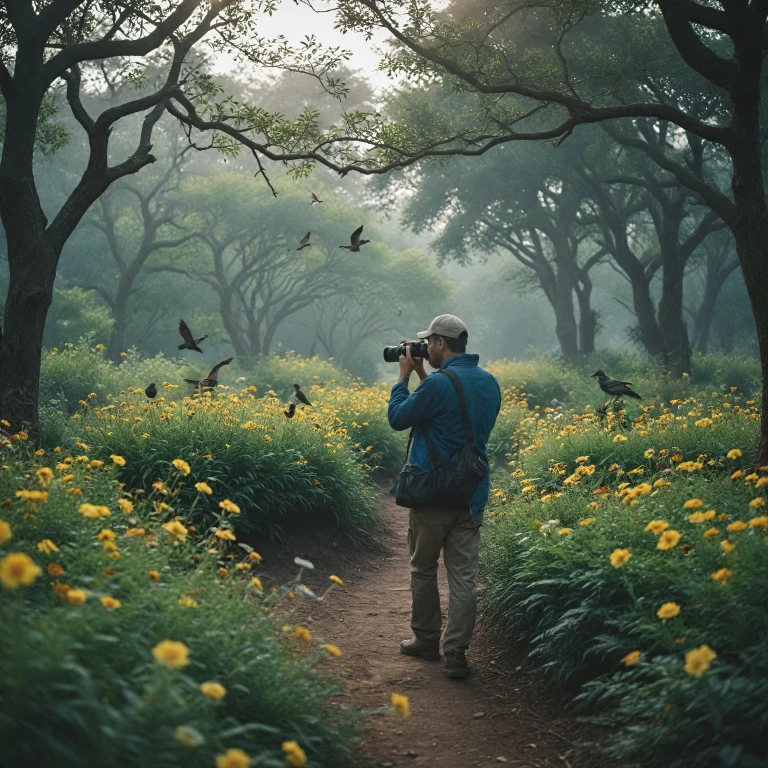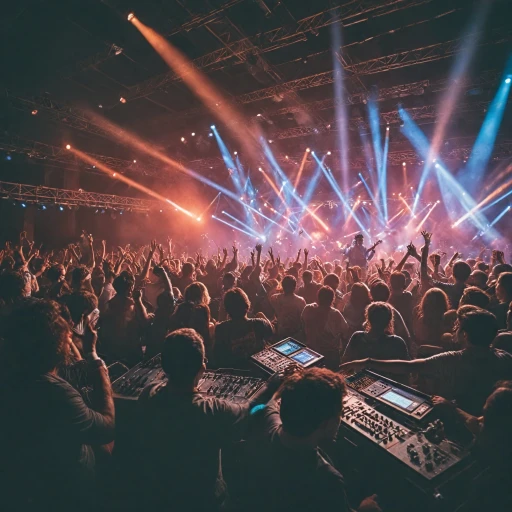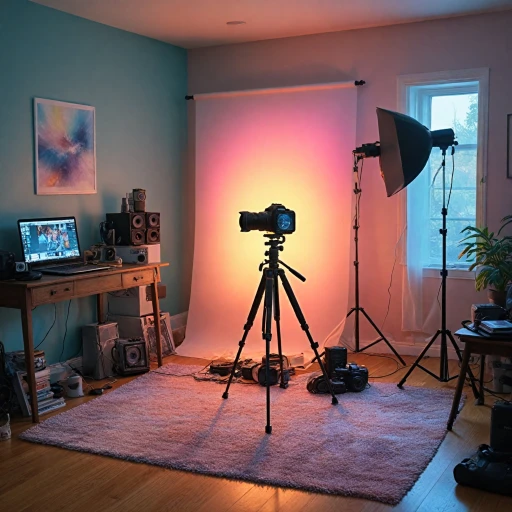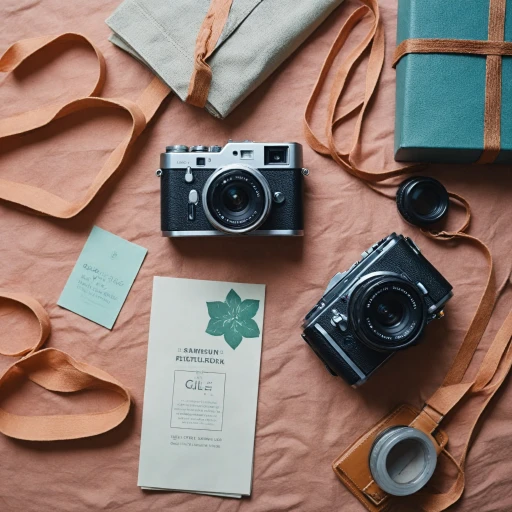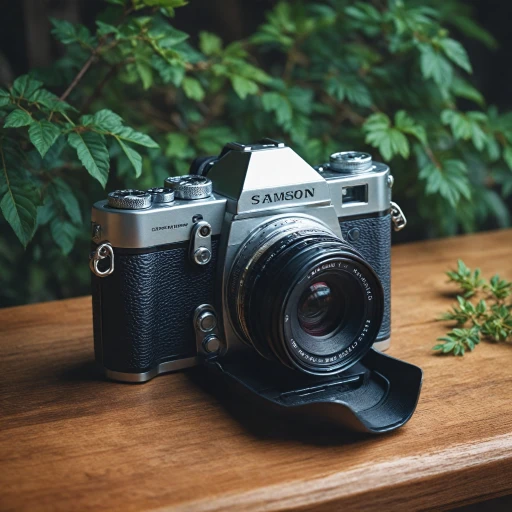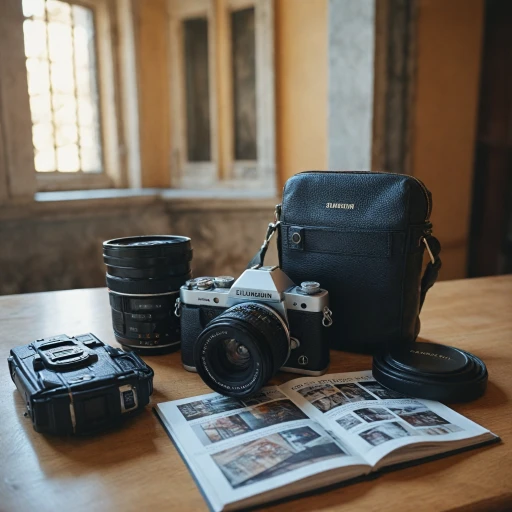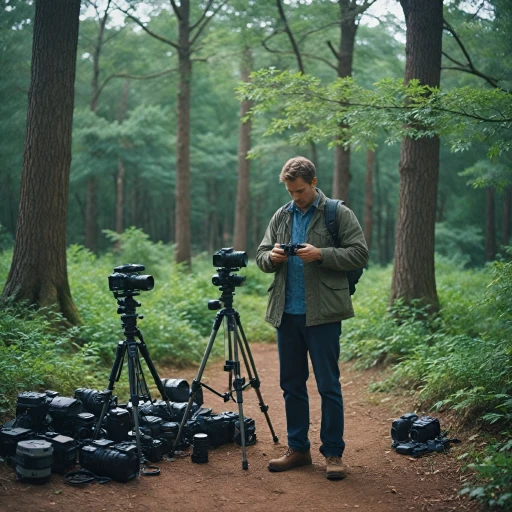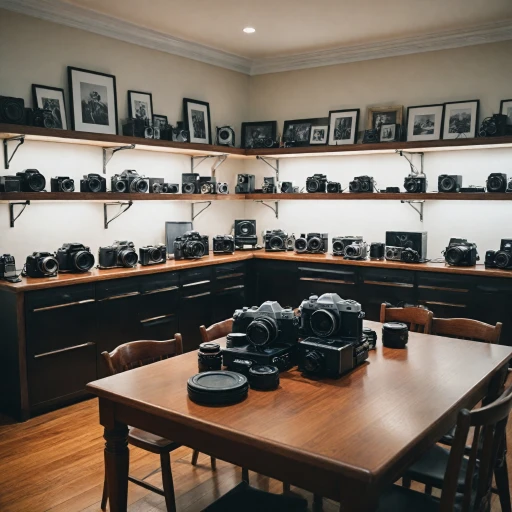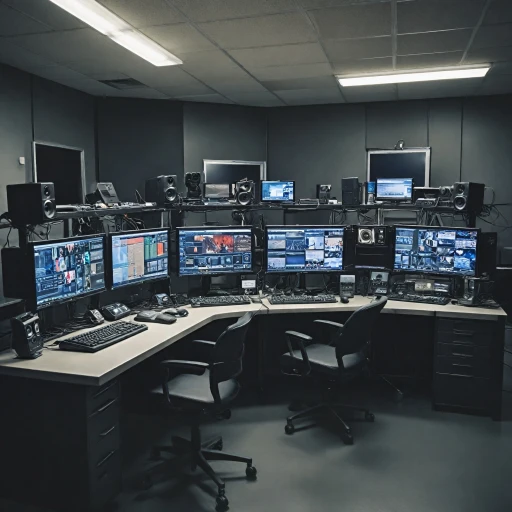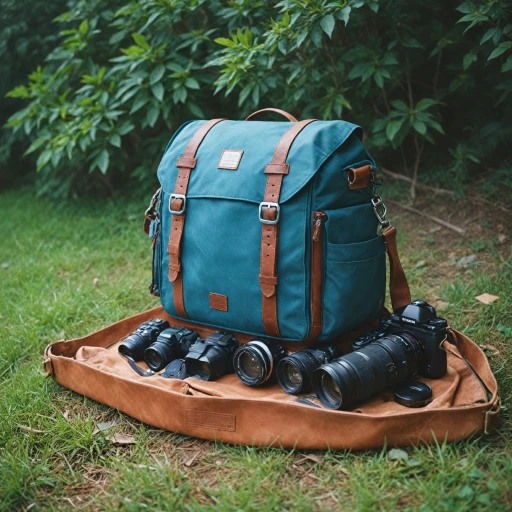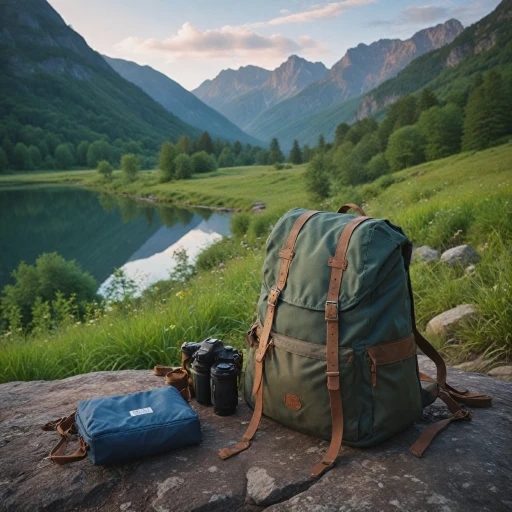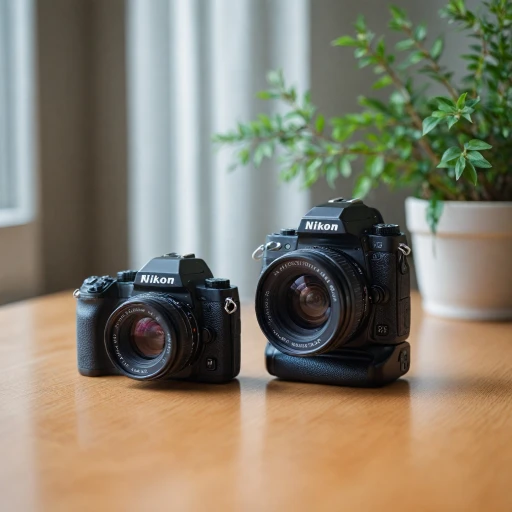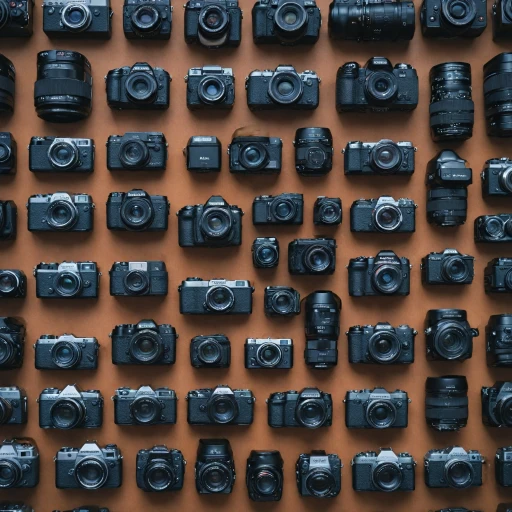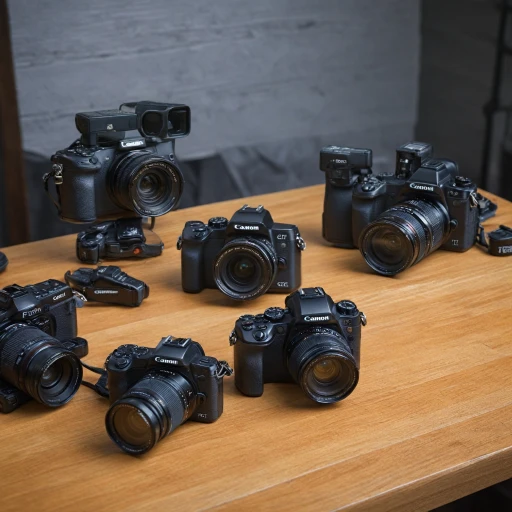
Understanding the Needs of Bird Photographers
Identifying Essential Equipment for Bird Photography
When it comes to bird photography, understanding the specific needs of photographers can make a significant difference in capturing those perfect shots. Birding is a unique and challenging field that requires a keen eye for detail and the right equipment. The camera you choose should cater to the distinct demands of photographing birds, from fast and accurate autofocus systems to excellent zoom capabilities.
Consider Your Shooting Style and Requirements
Bird enthusiasts often find themselves in diverse environments, shooting in varying light conditions. Therefore, selecting a camera that performs well in low light and offers continuous shooting modes is crucial. Cameras like Canon EOS and Nikon models often excel in these areas, providing good image quality even in challenging situations.
Importance of Image Stability and Autofocus
The quality of your bird photography relies heavily on image stabilization features and autofocus systems. A camera with a reliable sensor and stabilization technology will help prevent motion blur when you're on the move or when shooting at high zoom levels. Furthermore, a quick and precise autofocus system is invaluable for capturing birds in flight.
To effectively capture stunning bird images, a mirrorless camera or a camera body type that allows swift adjustments can enhance your overall shooting experience. These options are favored for their versatility and lightweight design, making them ideal for day-long birding expeditions.
For more insights on choosing the right camera specifications, including the role of megapixels in delivering outstanding image quality, you might find this resource helpful.
Key Features to Look for in a Camera
Essential Camera Features for Bird Enthusiasts
When it comes to choosing the best camera for photographing birds, there are several critical features to consider ensuring you capture those ever-elusive moments. Here's what you should look for:- Sensor Size and Image Quality: A larger sensor usually translates to better image quality, particularly in low light conditions, which can be common during early morning or late evening shoots. A full-frame sensor in a Canon or Sony can offer superior results, but there are also excellent APS-C options available for birding enthusiasts.
- Autofocus System: A fast and reliable autofocus system is crucial for capturing birds in motion. Look for cameras with advanced autofocus capabilities, such as Canon's Dual Pixel AF or Sony's Real-time Tracking, to ensure great shots even when birds are on the move.
- Continuous Shooting Speed: Birds are fast, and the ability to click multiple images in rapid succession increases your chances of catching the perfect frame. Opt for a camera with a high frames per second (fps) rate to maximize your chances of success.
- Zoom and Lens Compatibility: While some birders might opt for a point-and-shoot or bridge camera with a fixed lens, more flexibility is afforded with an interchangeable lens system from brands like Nikon or Canon. Consider a camera model that offers a range of high-quality lenses with significant zoom capabilities.
- Image Stabilization: Many bird photography situations involve shooting handheld, making an effective image stabilization feature essential. This helps prevent blurry images, especially when using telephoto lenses.
Top Camera Models for Birders
Top Birding Camera Options to Consider
For avid bird enthusiasts, selecting a camera tailored to capture stunning shots of our feathered friends is crucial. Here are some of the premier choices to help you embark on your bird photography journey.
Mirrorless Marvels
Investing in a mirrorless camera can be a game-changer, particularly due to their compact body type and advanced technology. Popular among bird photographers, these cameras offer impressive image quality and high fps (frames per second) rates for continuous shooting, which is pivotal when photographing birds in motion.
- Sony Alpha Series: Known for excellent autofocus systems and image stabilization, which ensures capturing sharp images even in challenging conditions.
- Sony A7 Series: A full frame powerhouse offering superior low light performance, making it perfect for an early morning birding session.
- Canon EOS R Models: Renowned for their exceptional image sensor capabilities and great color accuracy.
DSLR Dependables
For those who prefer traditional DSLR cameras, there still are great options on the market:
- Nikon D500: Offers rugged build quality paired with brilliant shooting speed, a good match for bird photography.
- Canon EOS 90D: Delivers robust image details, especially when paired with a quality lens, providing a solid performance in the field.
Bridge Cameras
Bridge cameras serve as an excellent alternative for birding fans who desire a good zoom range without the hassle of changing lenses. While these might not match the quality levels of DSLRs or mirrorless cameras, they offer the convenience of portability.
- Panasonic Lumix FZ80: Highly regarded for its zoom capabilities, it is a compact choice for those who enjoy bird photography without the heavy equipment.
Each of these options provides bird enthusiasts various advantages depending on their specific shooting needs and budget considerations.
Lenses and Accessories to Enhance Bird Photography
Essential Lenses for Bird Photography
When it comes to bird photography, choosing the right lens can make a significant difference in capturing those stunning shots. A good lens not only enhances the image quality but also helps in achieving the desired zoom and clarity. Here are some key considerations:
- Zoom Capability: A lens with a long focal length, such as a 300mm or 400mm, is ideal for photographing birds from a distance. This allows you to capture detailed images without disturbing the bird.
- Image Stabilization: This feature is crucial for reducing blur, especially when shooting handheld. It ensures sharper images, which is essential when capturing fast-moving subjects like birds.
- Autofocus System: A fast and accurate autofocus system is vital for bird photography. It helps in locking focus quickly on birds in flight or those that are constantly moving.
- Aperture: A lens with a wide aperture (e.g., f/2.8 or f/4) performs better in low light conditions and provides a shallow depth of field, making your subject stand out against a blurred background.
Complementary Accessories for Better Shots
While the right lens is crucial, certain accessories can further enhance your bird photography experience:
- Tripod: A sturdy tripod is essential for stability, especially when using heavy lenses. It helps in achieving sharper images and is invaluable during extended shooting sessions.
- Teleconverter: This accessory can extend the reach of your lens, offering more zoom without the need for a new lens. It's a cost-effective way to get closer to your subjects.
- Camera Bag: A durable and spacious camera bag will help you carry your gear safely and comfortably, especially when birding in remote locations.
- Bird Feeder: Setting up a bird feeder can attract birds to your location, providing more opportunities for capturing diverse species.
Choosing the Right Camera Body
The choice of camera body is equally important in bird photography. Consider the following:
- Continuous Shooting: A high fps (frames per second) rate is crucial for capturing fast action shots. Cameras like the Canon EOS and Nikon models offer excellent continuous shooting capabilities.
- Sensor Size: A full frame sensor generally provides better image quality and performs well in low light conditions. However, crop sensors can offer additional reach with your lenses, which is beneficial for birding.
- Body Type: A mirrorless camera is often lighter and more compact than a DSLR, making it a great choice for birders who are always on the move.
By carefully selecting the right lenses and accessories, along with a suitable camera body, you can significantly enhance your bird photography skills and capture those breathtaking images of birds in their natural habitat.
Tips for Capturing Stunning Bird Photos
Mastering the Art of Bird Photography
Capturing stunning images of birds requires not just the right cameras and lenses but also a strong understanding of photography techniques. Some cameras, like the Canon EOS or Nikon models, come equipped with exceptional autofocus systems that help in capturing crisp images. Similarly, cameras with good image stabilization ensure your shots stay sharp even in low light settings.- Understanding Lighting: Natural light is your best friend when photographing birds. Early mornings and late afternoons are ideal for better quality images. Position yourself in such a way that the light falls on the bird, highlighting its colors and details.
- Perfecting Focus and Zoom: Use continuous shooting or burst mode to capture fleeting moments. Cameras like those from Sony offer great fps rates, which is crucial when shooting fast-moving birds. High-quality zoom lenses with a fast aperture will enhance your ability to shoot from a distance without losing image quality.
- Practicing with Composition: The rule of thirds is an excellent guide for dynamically framing the bird within its natural habitat. Experiment with different angles and include the surroundings to add context to your image.
- Improving Sharpness: Use your camera's autofocus system to lock onto the bird. Ensure your birding camera body is set up for tracking, as birds often move quickly and unpredictably.
- Steady Shooting: A tripod can be an invaluable tool for ensuring stable shots during low-light or long zoom situations. For more flexibility without the bulky gear, consider a bridge camera that offers a good balance between versatility and performance.
Budget Considerations and Alternatives
Finding Value Without Breaking the Bank
Bird photography can be an expensive hobby, but it doesn't have to be. There are several budget-friendly options that provide excellent image quality and features suitable for bird enthusiasts. Whether you're a beginner or looking to upgrade without a hefty price tag, it's crucial to consider what you truly need in a camera.
Budget-Friendly Camera Options
- Bridge Cameras: These cameras offer a good balance between cost and functionality. They often come with a powerful zoom lens, making them great for capturing distant birds without needing additional lenses.
- Entry-Level DSLRs: Brands like Canon and Nikon offer entry-level DSLRs that provide excellent image quality and the flexibility of interchangeable lenses, which is beneficial for birding.
- Mirrorless Cameras: With advancements in technology, mirrorless cameras are becoming more affordable. They offer fast autofocus systems and continuous shooting capabilities, which are perfect for capturing birds in motion.
Investing in Quality Lenses
While the camera body is important, investing in a good quality lens can significantly impact your bird photography. Look for lenses with image stabilization and a good zoom range to ensure you can capture sharp images even at a distance. Brands like Canon and Sony offer a variety of lenses that cater to different budgets.
Alternative Solutions
If purchasing a new camera isn't feasible, consider buying second-hand equipment. Many photographers upgrade their gear regularly, so you can find great deals on used cameras and lenses. Additionally, renting equipment for specific birding trips can be a cost-effective way to access high-quality gear without a long-term commitment.
Maximizing Your Investment
When working within a budget, it's essential to prioritize features that will enhance your bird photography experience. Focus on cameras with good autofocus systems, continuous shooting modes, and decent low-light performance. These features will ensure you capture stunning images of birds, even in challenging conditions.
